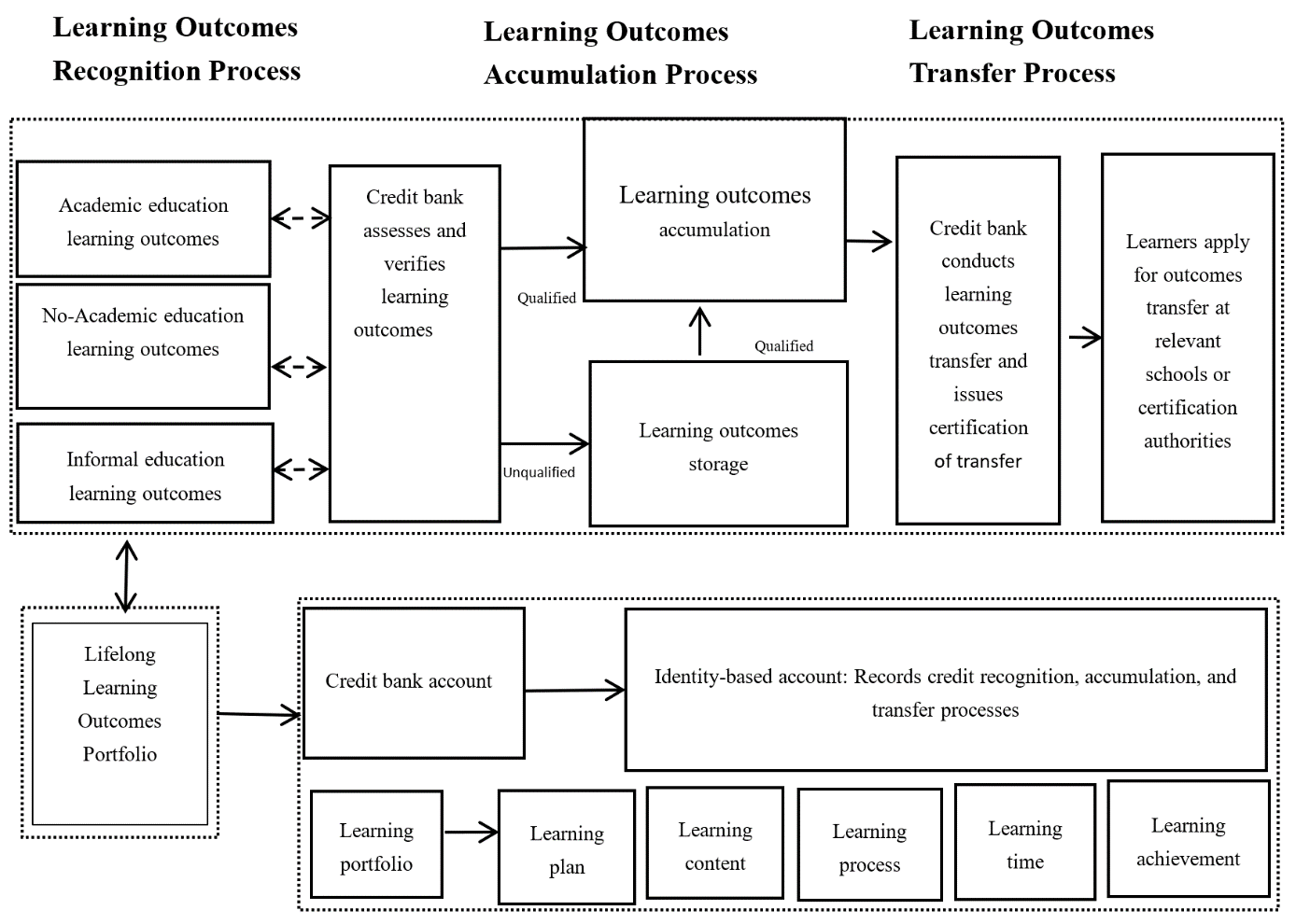Research on the Path of Integrating the Spirit of Third-Line Construction into Learning-Oriented City Construction-Taking Chengdu as an Example
Abstract
This paper examines the potential of "The Spirit of the Third Line Construction"to contribute to the development of Chengdu as a learning city. The Third-line Construction, a massive industrial relocation effort in the 1960s and 70s, instilled values of self-reliance, innovation, and dedication that continue to resonate in western China. This paper argues that these values can be leveraged to address the challenges facing Chengdu in its quest to become a leading learning city. Through a review of existing literature and analysis of Chengdu’s urban development initiatives, this paper identifies specific paths for integrating the the spirit of the third line construction into learning city construction. The findings provide practical recommendations for policymakers and stakeholders on how to foster innovation, promote lifelong learning, and enhance community engagement in Chengdu.
References
Guo, H., & Qin, Y. (2013). Value driving and global picture of “UNESCO Learning City Award” in the perspective of clusters theory. Research in Educational Development, (3), 3–7. https://doi.org/10.3969/j.issn.1001-8700.2013.03.001
Guo, H., & Qin, Y. (2024). Global learning city construction guided by improving welfare from the perspective of city development stage theory. Open Education Research, 30(6), 102–110. https://doi.org/10.13966/j.cnki.kfjyyj.2024.06.012
Li, D., & Zhu, L. (2023). The architectural form and spiritual symbol: A study of Gandalei houses in early Third Front 1964–1966. Historical Review, (2), 198–207+220.
Naughton, B. (1988). The Third Front: Defence industrialization in the Chinese interior. The China Quarterly, 115, 351–386. https://doi.org/10.1017/S030574100002748X
Ning, Z. (2000). The “Third Front Construction” and its contribution to the leapfrog economic development of Sichuan. CPC History Studies, (4), 18–24.
Organisation for Economic Cooperation and Development. (1992). City strategies for lifelong learning: A CERI/OECD study prepared for the second congress on educating cities. Gothenburg, Sweden: Gothenburg City Education Committee.
Qin, Y., & Liu, H. (2020). A summary of foreign academic research on the Third-line Construction since the 1980s. Contemporary China History Studies, 27(1), 132–142+160.
Tang, C. (2020, March). Further discussion on the historical achievements of the Third-line Construction and the contemporary value of the “Third-Front Spirit.” Panzhihua Daily, (003).
The People’s Government of Chengdu Municipality. (2025, March 28). Statistical communiqué on Chengdu's national economic and social development in 2024. https://www.chengdu.gov.cn/cdsrmzf/c167426/2025-03/28/content_39ca3d2fcbca44b988b39e428f161561.shtml
UNESCO Institute for Lifelong Learning. (2017b). Learning cities and the SDGs: A guide to action. Hamburg, Germany: UNESCO Institute for Lifelong Learning.
UNESCO, & NILE. (2015). Unlocking the potential of urban communities: Case studies of twelve learning cities. Hamburg, Germany: UNESCO Institute for Lifelong Learning.
Wang, X., & Others. (2022). The regional economic effects of Third Front Construction: Historical logic and empirical analysis. Researches in Chinese Economic History, (5), 164–182.
Xie, H., & Chen, L. (2013). Research on the sustainable development of the evaluation of the construction of learning cities. Modern Distance Education, (3), 3–7. https://doi.org/10.3969/j.issn.1001-8700.2013.03.001
Zheng, Y., & Others. (2013). An evaluation on the Three-line Construction from the combined perspective of history and reality: Based on the Three-line Construction in Sichuan and Chongqing. Researches in Chinese Economic History, (1), 120–127.
Zhu, Y., & He, Y. (2020). The historical formation logic and spiritual connotation of the “Third Front” spirit. The Party Building and Ideological Education in Schools, (14), 12–14. https://doi.org/10.19865/j.cnki.xxdj.2020.14.004


This work is licensed under a Creative Commons Attribution 4.0 International License.
Copyright for this article is retained by the author(s), with first publication rights granted to the journal.
This is an open-access article distributed under the terms and conditions of the Creative Commons Attribution license (http://creativecommons.org/licenses/by/4.0/).
























